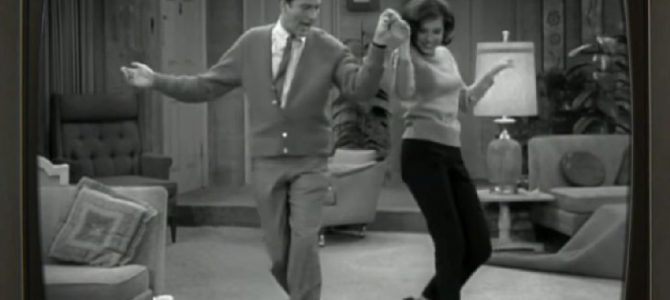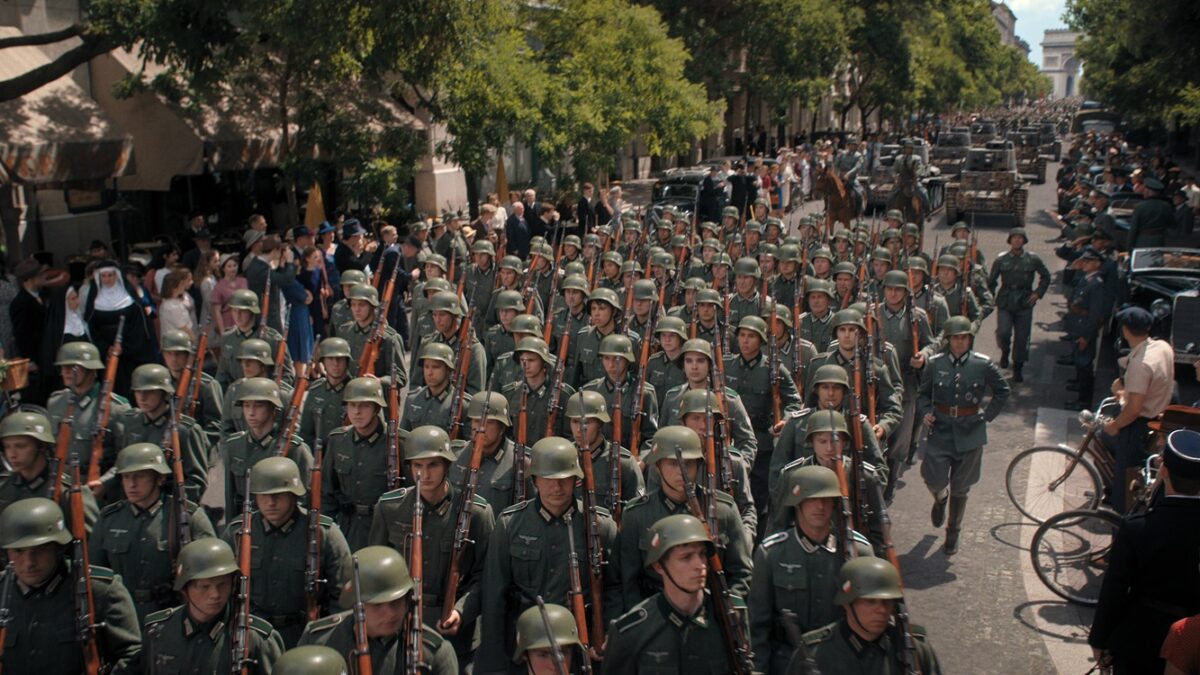
When Mary Tyler Moore was cast to play Laura Petrie on “The Dick Van Dyke Show” in 1961, she was a 25-year-old dancer and actress with a short resume and long legs. She also had something else — a defining characteristic that propelled her into TV history. Call it “spunk.”
That spunk made her America’s sweetheart and a subtle, smiling challenge to the status quo for women on TV. Moore came to be Laura in a very old-school Hollywood way. She had appeared as Happy Hotpoint, a cat-eared, leotard-wearing mascot for an appliance company and then in “Richard Diamond: Private Detective” as the titular character’s secretary, Sam.
But Sam was never seen. She was known only by her alluring legs under a desk as she took calls for the boss. It was eye-rollingly reductive, but Moore used it to her advantage. She revealed her identity as the mysterious Sam to a burst of news coverage when her contract was up, according to the “Official Dick Van Dyke Show Book: The Definitive History of Television’s Most Enduring Comedy,” by Vince Waldron.
She had read for a role as Danny Thomas’ daughter on his show. He loved her, but she was cut for her button nose. “Honey, people just won’t be able to believe you came from me!” Thomas told her, according to Waldron’s book.
When legendary TV producer Carl Reiner was frustrated in his search for the perfect Laura after auditioning 26 actresses, Thomas suggested Moore, but they couldn’t think of her name. They knew she had three names and remembered her legs from the uncredited role of Sam. A casting director tracked her down.
“Mary Tyler Moore walked in looking like Mary Tyler Moore. Great gams, beautiful girl,” Reiner told Conan O’Brien in a 2013 interview. “This was way back then when we talked like that.”
From the moment she read the first “Hello” of the pilot, Reiner knew he had found Laura, and she was on her way to iconic fame.
But not before she caused one of the more famous kerfuffles in TV history. Moore had her own young child. She had taken two years off from the business to be home with him. Coming into the role of Laura, she brought a lot of herself, and one thing she felt strongly about was her pants.
At the time, the uniform for a TV wife and mom was a starched dress, sometimes with apron, and usually with pearls, but Moore knew that didn’t reflect her everyday life. Instead, she wore slacks around the house — capris and their ankle-length version, cigarette pants, paired with stylish flats — and wanted to wear them on the show.
“Those capri pants were one of the things she pushed for,” the show’s costumer Harald Johnson told Waldron. “We wanted a more natural look and we knew women didn’t sit around at home wearing pearls.”
It caused controversy. Producer Sheldon Leonard worried about the show’s sponsors, and open debates about Moore’s slacks erupted on set during tapings.
“I had Laura wear pants, because I said, ‘Women don’t wear full-skirted dresses to vacuum in.’ CBS said, ‘You know, we’re afraid that housewives are going to be a little annoyed because she looks so good in pants.’” Moore told TV Guide in 2004.
A young Moore stood her ground, and her trademark likability allowed her to do it, even if some of the audience was wary. The powers that be had their limits, though.
“They restricted me to wearing them only one scene per show,” Moore said, but as the show’s popularity soared, they began showing up more often.
“It may not seem like a particularly radical choice today,” Waldron wrote, but Moore’s decision brought a more casual look for women into the mainstream. And precisely because she looked so good in pants, the pants paired with little flats became a trend.
Moore went on to embody a modern career woman on “The Mary Tyler Moore Show,” again displaying the gumption and serious comedic chops that made her “The Dick Van Dyke Show’s” leading lady. The be-blazered journalist Mary Richards is the character of Moore’s most often associated with America’s changing attitudes toward women.
Fifty years after Moore’s big break, I’m now straddling the worlds of Laura Petrie and Mary Richards, raising two kids while working in news. Our society affords me more flexibility than either of those characters had to combine the two in a beautiful way. But Moore and her iconic characters are a model of how to do both with grace, humor, and spunk.
I’ll always be thankful for her contribution to my comfortable, practical (but cute) mom uniform. I will honor her every day when I put on my yoga pants and flats.









